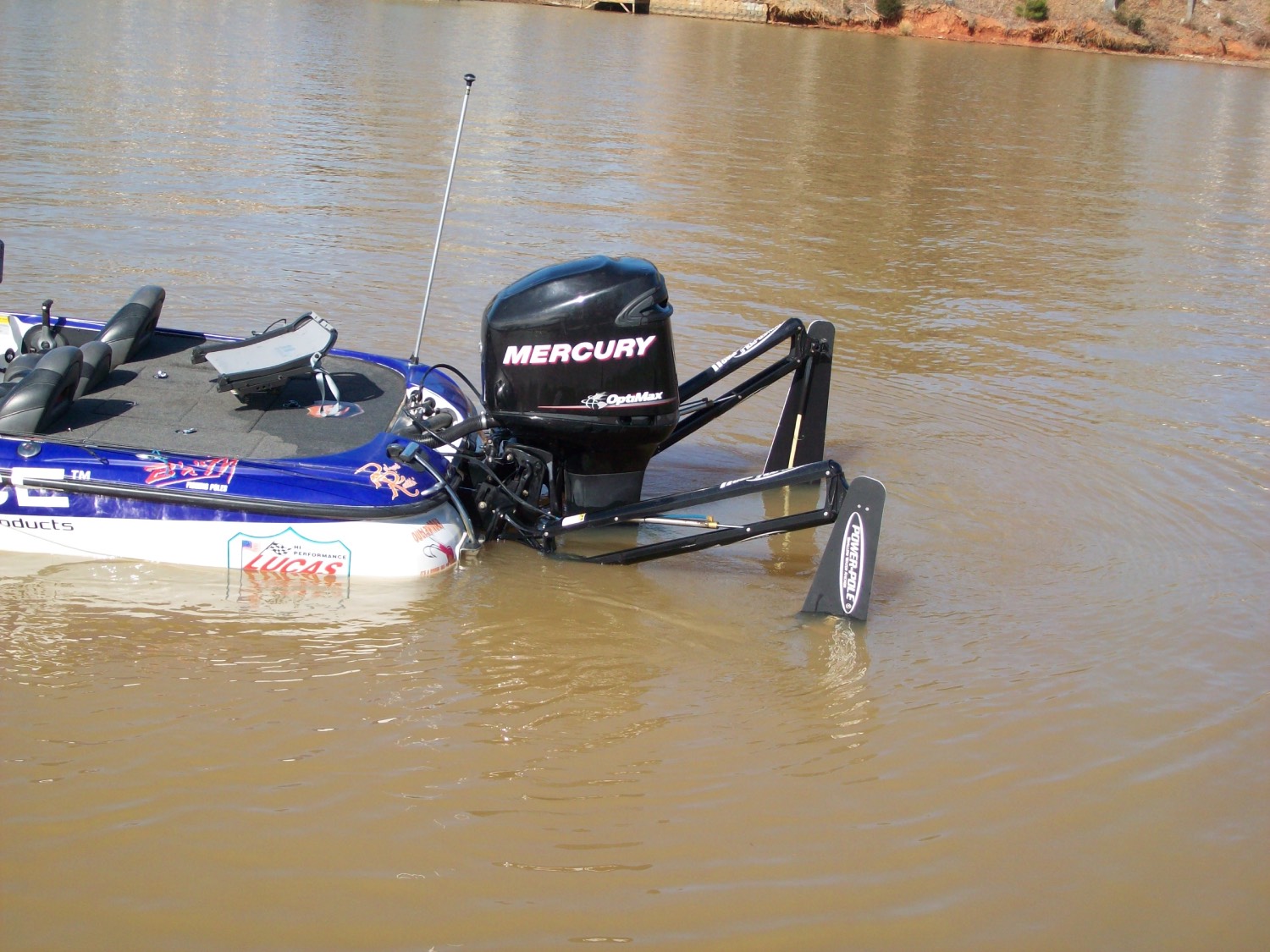Phillip Gentry
While it’s always better to be safe than sorry, there are times when fishing during inclement weather is unavoidable. “Red sky at night, sailor’s delight, red sky at morning, sailors take warning” is a great cliché, unless it’s tournament morning or the morning of that long awaited vacation. Deciding when or whether to fish is a decision each angler must make based on his or her own skills and comfort level. However, if deciding to brave the elements, there are a few tricks of the trade that can help you make the best of that spring front and even be quite successful.
Most tournament anglers don’t get the luxury of choosing when tournaments will be held and most times, unless a dire situation exists, it’s time to hit the water even if conditions are forecast to be windy. Like the Boy Scouts of America like to say - “Always Be Prepared”.
Anytime you make plans well ahead of time for a spring fishing trip, wind is always going to be your worst enemy. It’s pretty common have a solid pattern dry up almost overnight when the wind starts blowing hard.
Combatting Wind on a Fishing Boat

Most times, the type of fish you’re after and the fishing tactic you’ll be using to catch them will dictate how to best combat the wind. Knowing the area and scouting out locations that offer some type of wind break, regardless of direction, will help lessen the effects of a hard wind from one particular direction. Having alternative launch sites will also aid in reducing or alleviating having to cross un-protected open water.
For anglers who are slow trolling for crappie, catfish, walleye of striped bass, a better than 10 miles per hour tail wind can propel the boat faster than you need to go to keep your baits in the strike zone.
Rather than anchor or troll against the wind, savvy anglers can deploy a 10-foot length of logging chain attached to a 20-foot length of ½ inch rope to make an excellent drag to pull behind the boat if you are fishing from the front or out away from the sides of the boat.
If you are concerned about disturbing the bottom with an anchor chain, deploying a drift sock is an alternative method for slowing your speed, as is adding drift paddles to your pole anchoring system, assuming your boat is equipped with this technology.
Casting in the Wind

Going with the wind when trollingor casting the shoreline offers several advantages over fishing against the wind. Fish tend to face into any oncoming current so opposing the wind is going to have you presenting your baits to the wrong end of the fish. Taking a strong March/April cold front head on is miserable and makes proper boat control nearly impossible.
For anglers casting to specific areas, stepping up to a 36-volt trolling motor will sometimes allow you to out muscle a strong wind. While you’re upgrading, be sure to look for the position locking features available in several top brand electric motors, this feature tends to spin the boat facing into the wind, but allows you to move to the rear deck to reach your intended marks without washing it with the trolling motor prop.
The night before you launch, get an updated weather forecast paying close attention to wind speeds and direction. Look for wind breaks that will allow you to fish productive spots out of the wind. Often times these are winding creek arms with high banks on either side allowing you to fish in the lee of a sizeable land mass.
One of the issues with running the length of a body of water is running early in the day before the wind gets up or running with the wind on the way to your fishing destination. When it’s time to return, you’re faced with running into stronger, late days winds and /or heading back into the wind.
While it takes some skilled planning, consider launching upwind of the area you intend to fish and taking out downwind. This will require the coordination of two vehicles, launching the boat in the upwind area and then either transporting the trailer to the downwind site or dropping another vehicle downwind and then making the traverse by road rather than water.
Storm fronts and strong winds are part of fishing. Rather than trying to defeat Mother Nature, use your head to either work with her or outsmart her. In the end, it’s often the safest thing to do anyway.































